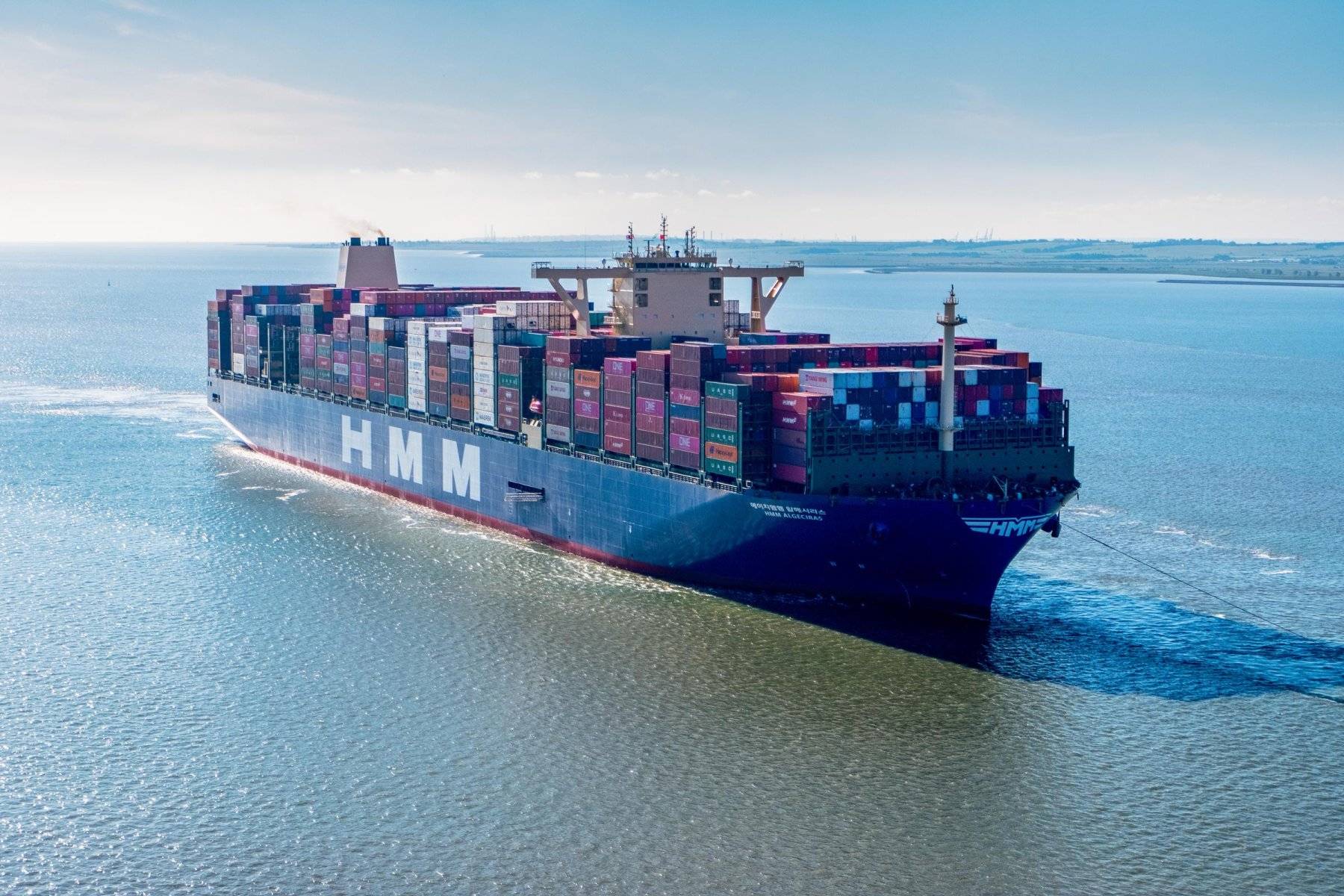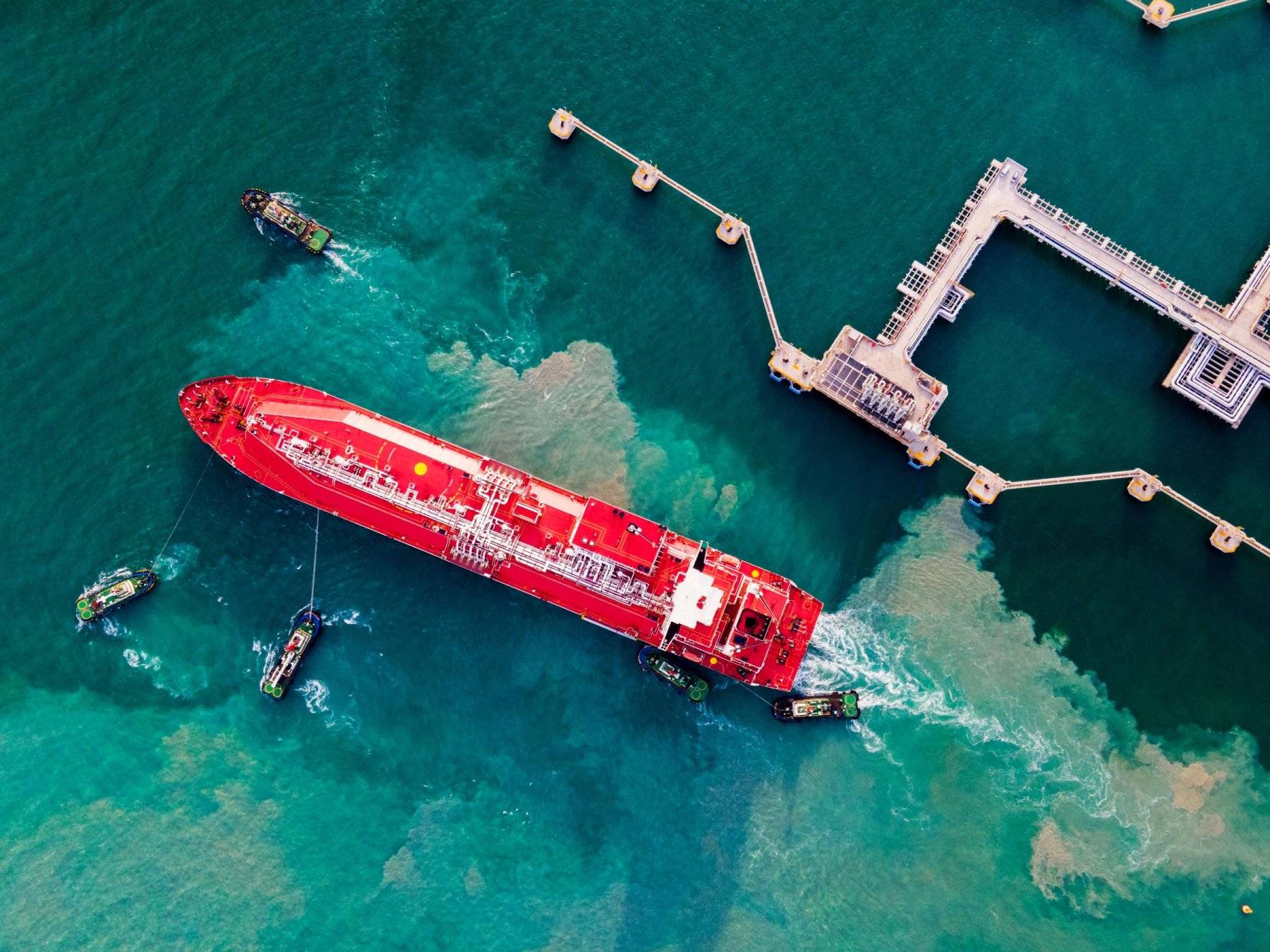Red Sea shipping plays a vital role as a critical artery in global trade, impacting geopolitical and economic landscapes. The current Red Sea & Suez Canal disruption is having a significant impact, causing delays in global shipping routes, affecting supply chains, and leading to increased transportation costs, thereby impacting international trade and economies worldwide.
In our comprehensive article this week we aim to dispel prevalent myths, revealing the true strategic importance of the Red Sea shipping route, its major ports, and the critical role of the Suez Canal in shaping shipping and logistics in the Red Sea region.

1. Myth: Current Security Threats Have Stopped Red Sea Shipping
Reality: Despite recent and historical piracy, particularly near the Horn of Africa and the Red Sea, before the recent escalations had seen a remarkable improvement in maritime security.
The advancements are to be largely attributed to enhanced Red Sea security measures, including international naval patrols and shipping companies adopting the best management practices. These developments had significantly reduced piracy risks, reinforcing the Red Sea's status as a secure and indispensable route in global trade.
Shipping carriers continue to sail in the Red Sea, however approximately 50% of usual carrier vessels (almost 25% of global capacity) are actively diverting, will divert, or have already diverted the Suez Canal.
While there may be disruptions or challenges that affect the region from time to time historically, the sentiment is that the current disruptions are at best a medium-term situation. Alternative Red Sea shipping routes, such as around the Cape of Good Hope, continue to see increasing demand.

2. Myth: The Suez Canal is the Sole Significant Route Affected
Reality: While the Suez Canal is a crucial maritime route linking Europe and Asia, it's just one element of the Red Sea's strategic value.
The Red Sea encompasses a network of significant shipping lanes and ports that are essential for regional trade and economic activities.
Ports such as Jeddah in Saudi Arabia, Port Sudan in Sudan, and Ain Sokhna in Egypt serve as crucial economic hubs, handling a variety of cargoes and playing a key role in the economic development and trade dynamics of the Middle East and North Africa.
This network of ports and shipping routes collectively enhances the strategic importance of the Red Sea beyond just the Suez Canal. This is where SeaRates can support by offering access to various carrier and transportation mode options with ease.
3. Myth: The Disruptions Will Permanently Alter Global Shipping Routes
Reality: Although current disruptions in the Red Sea may prompt shipping companies to explore alternative routes in the short term, it's unlikely to lead to a permanent change in global shipping routes.
The Red Sea, particularly the Suez Canal, holds unparalleled strategic importance in global maritime trade, serving as the shortest sea link between Asia and Europe. This route significantly reduces travel time and costs compared to other paths, like going around the Cape of Good Hope at the southern tip of Africa.
The Suez Canal, for instance, facilitates the passage of about 12% of global trade, and any long-term diversion from this route would have considerable economic implications. The efficiencies offered by this route in terms of distance, time, and fuel consumption make it a preferred choice for international shipping lines once the security threat levels fall.
4. Myth: Disruptions Only Impact Large International Shipping Companies
Reality: Although large international shipping companies are prominent in the Red Sea, the region is equally crucial for smaller, local operators.
These smaller entities are key in catering to niche markets and offering specialized services, playing a significant role in bolstering local economies and facilitating inter-regional trade.
Their presence ensures a diverse and robust maritime sector in the Red Sea, offering a range of services and fostering competitive pricing, which benefits the economies of the adjacent countries.
Small shipping carriers are disproportionately affected by the current Red Sea shipping disruptions, facing increased operational costs and schedule delays due to longer routes. They often lack the flexibility and resources of larger carriers to easily switch to alternative routes, making them more vulnerable.
5. Myth: Red Sea Disruptions Have No Effect on Global Commodity Prices
Reality: Disruptions in the Red Sea, especially in key areas like the Suez Canal, can have a significant impact on global commodity prices. The Red Sea is a major route for the transport of oil, natural gas, and various raw materials. Any delay or rerouting of shipping traffic in this region can lead to fluctuations in the supply chain, causing volatility in commodity markets. For instance, blockages or prolonged disruptions can lead to a temporary shortage of supplies, driving up prices for oil and other commodities globally. Energy markets remain the most vulnerable to the ongoing attacks, as almost 12% of the total oil trade via sea goes through the Red Sea, sending oil prices above $80 per barrel. However, other commodities such as dry bulk and minor metals are also vulnerable if there are further escalations.
Conversely, if ships are forced to take longer alternative routes, the increased transport time and costs can also contribute to higher prices. Therefore, disruptions in the Red Sea can resonate through global commodity markets, affecting prices and economic stability far beyond the immediate region.
Final Thoughts
The Red Sea shipping route remains challenging for the foreseeable future with the complexities of geopolitical currents. The Suez Canal, which usually exemplifies its role as an economic accelerator, connecting continents, is seeing dramatic reductions in the daily volumes due to heightened security risks and large carriers halting their passages.
The industry cannot ignore that regional prosperity depends on these sea lanes, and the future of Red Sea shipping is at a crossroads. However, these routes have been shaped by decades of maritime trade and are supported by a well-established global shipping infrastructure. Temporary rough waters do not easily mean the end of such long-standing and efficient routes.

